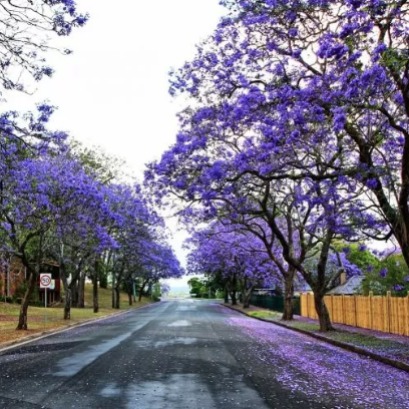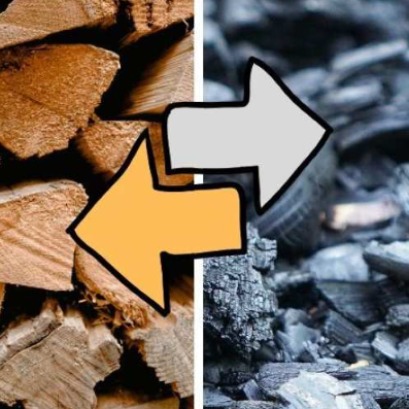
This tree was chosen as the most beautiful in the world and is only in these 3 Latin American countries
Originally from Latin America, the beauty of this tree lies in its height, or in its foliage: it is its flowers as beautiful as indefinite that make it considered the most beautiful in the world.
As curious as it seems, the most beautiful tree in the world is not recognized by its green leaves or its height: it is its flowers, of a lilac tone that give it its uniqueness. This is Jacarandá, only present in 3 Latin American countries: Argentina, Paraguay and Bolivia that each spring offers a unique show covering streets, squares and avenues with its unique beauty. If well today the Jacarandá is value A tree like the most beautiful in the world and adds next to the Jacarandá to two other species on the podium: the Japanese Arce and the Ginkgo Biloba. The inverted tree portal, however, is one of those that ensures that the first place is taken by the lilac flower tree. Originar of the subtropical and temperate forests of Latin America, the elegance of its shape and the intensity of its flowering make Jacarandá a shocking species in terms of beauty. His name is of tupí origin and means fragrant and, for some cultures the Jacarandá has a deep emotional value identified with renewal, hope and regional pride. Even thus, the Jacarandá currently faces threats derived from urban expansion and the loss of its natural habitat. In that sense, Jacarandá was introduced in areas outside the native culture habitat such as the province of Buenos Aires in Argentina, Ecuador, the Altiplano of our country, Florida, California and Central and Norte of Chile, among other places. Finally, the Jacarandá was named in 2015 distinctive tree of the city of Buenos Aires, in Argentina. The species was incorporated into the urban landscape at the end of the 19th century by adding it to streets and squares. At present, there are more than 11 thousand copies and 1,500 of them, they are in green spaces.
IT MAY INTEREST YOU
 Missions | New illegal felling in the Piñalito Provincial Park in San Pedro reveals the silent expansion of deforestation in protected areas
Missions | New illegal felling in the Piñalito Provincial Park in San Pedro reveals the silent expansion of deforestation in protected areas
The advance of deforestation on protected areas was once again evident this week in the Piñalito Sur Provincial Park, in San Pedro, where the Ministry of Ecology and Renewable Natural Resources confirmed a new case of selective illegal logging. The event occurs in a context of growing concern about the fragility of the environmental control system in rural and border areas, where the scarcity of resources, personnel and logistics limits the capacity of surveillance against criminal organizations organized to steal native woods and market them on the black market in connivance with sawmill owners.
 Canadian researchers make biochar from wood waste that rivals steel in strength
Canadian researchers make biochar from wood waste that rivals steel in strength
Researchers at the University of Toronto have developed monolithic biochar from wood that can reach an axial hardness of up to 2.25 GPa, similar to mild steel.
 The second largest wetland in South America is located in Argentina: what is it?
The second largest wetland in South America is located in Argentina: what is it?
Argentina has national parks that place it in a unique position within South America, competing with 300 others. Which is the largest? South America is home to more than 300 national parks, but many go unnoticed. There are extensive wetlands that have been the subject of major ecological restoration projects, to coastal mountains with deep indigenous heritage. Today we tell you the case of one located in Argentina.




















